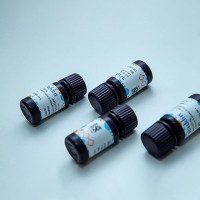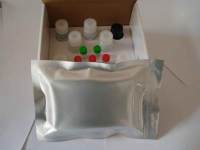The Geisler Method: Tracing Activity-Dependent cGMP Plasticity Changes upon Double Detection of mRNA and Protein on Brain Slices
互联网
520
We recently demonstrated that an increase of guanosine 3′,5′-cyclic monophosphate (cGMP) signaling could protect the inner ear from noise-induced hair cell damage. Noise exposure not only damages hair cells but also alters the central responsiveness to sound leading to plasticity changes. cGMP signaling has long been known to play a crucial role for plasticity changes and long-term potentiation (LTP). To get a first insight into the role of cGMP for noise-induced plasticity changes we aimed to co-trace the mRNA and protein of plasticity-related genes as, e.g., the immediate early gene Arc (activity-regulated cytoskeletal protein) with markers for the cGMP pathway. We developed a method that permits the simultaneous monitoring of mRNA and protein through light microscopy to visualize gene expression in neurons and synapses of its processes. Accordingly, different from previous fluorescence-based assays that detect, e.g., fluorochrome-labeled Arc antibodies and Arc mRNA, we describe here a methodology that allows the detection of mRNA and protein of synaptic genes using nonfluorescent stable tracers for high-resolution observation of activity-dependent plasticity changes using light microscopy even after weeks or months.









